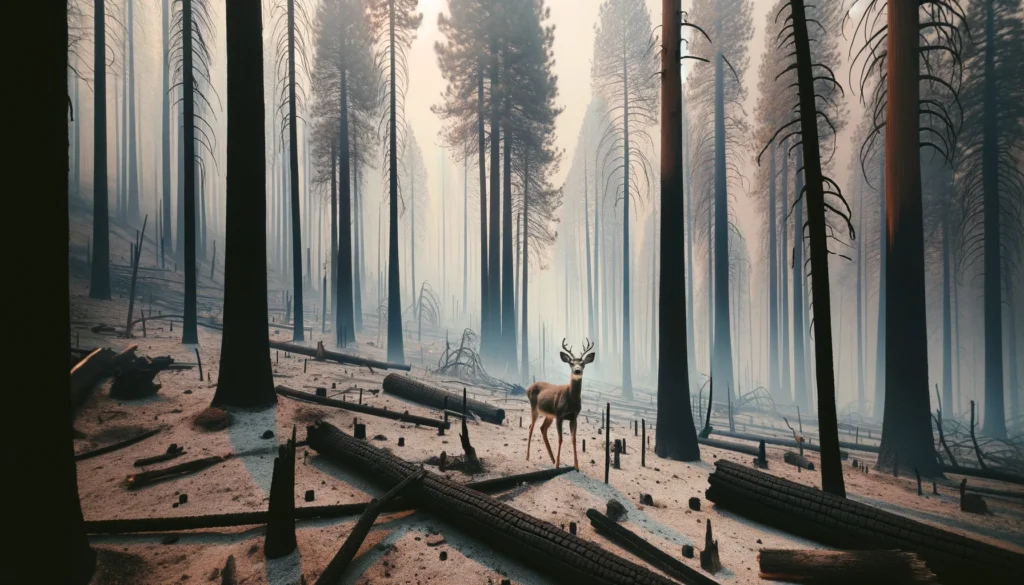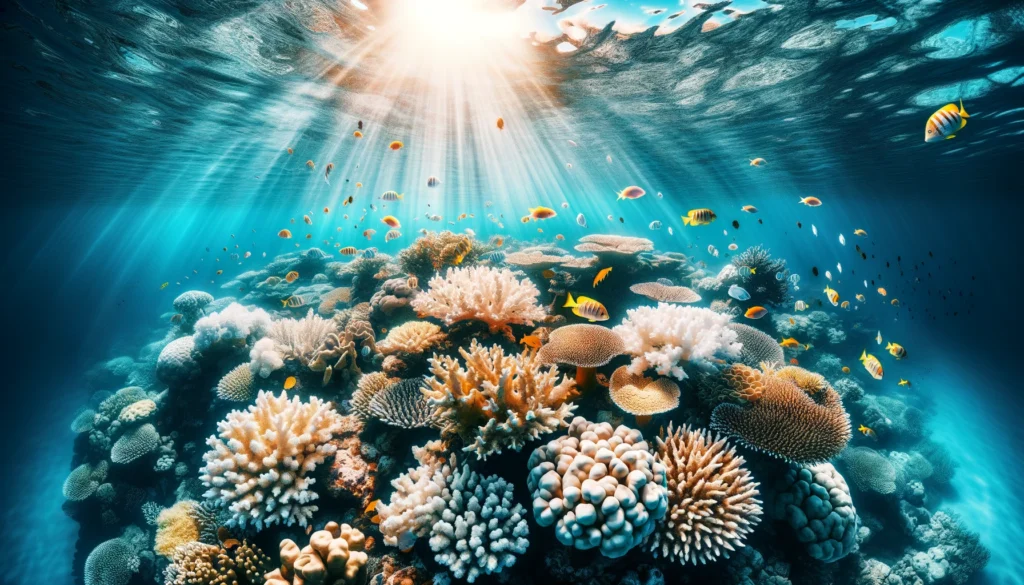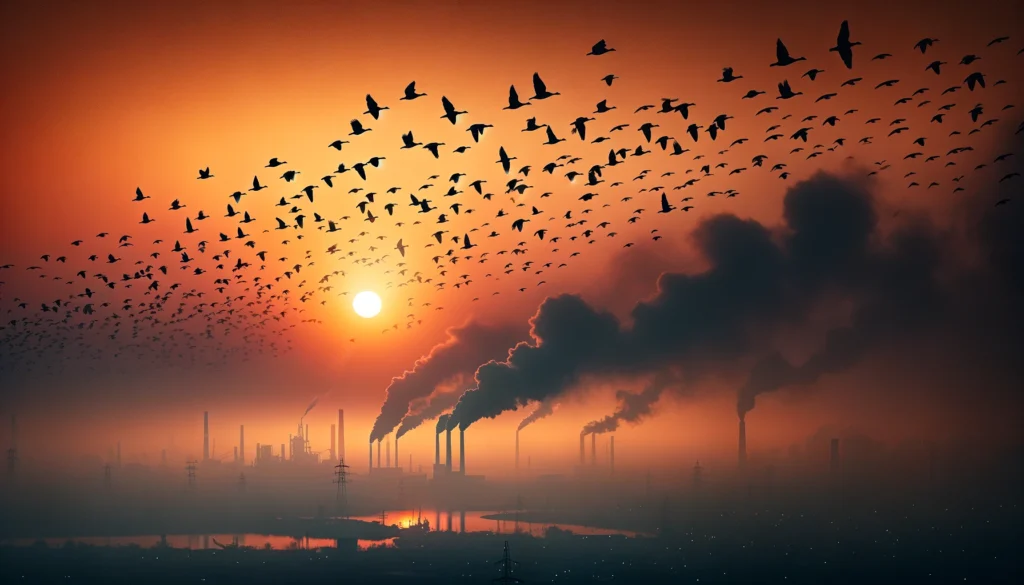Climate change poses one of the greatest challenges of our time, affecting various aspects of our planet’s ecosystems. Among the most vulnerable to its consequences are wildlife and biodiversity. The delicate balance of ecosystems is under threat as temperatures rise, weather patterns shift, and habitats degrade. Understanding the impact of climate change on wildlife and biodiversity is crucial for devising effective strategies to mitigate its effects and preserve the richness of our planet’s natural heritage.
Table of Contents

1. Habitat Loss and Fragmentation
One of the most immediate and visible impacts of climate change on wildlife is habitat loss and fragmentation. Rising temperatures and altered precipitation patterns lead to the degradation and disappearance of habitats crucial for various species’ survival. This loss forces wildlife to migrate in search of suitable conditions, often resulting in fragmented populations.
2. Disruption of Migration Patterns
Many species rely on seasonal migrations to breed, feed, or escape harsh environmental conditions. However, climate change disrupts these migration patterns by altering the timing of seasonal events. For instance, changes in temperature can cause plants to bloom earlier, affecting the availability of food for migrating birds or insects. This mismatch in timing can lead to population declines and even extinctions.
3. Loss of Biodiversity
Climate change exacerbates the loss of biodiversity by placing additional stress on already-threatened species. Species unable to adapt or migrate quickly enough face heightened risks of extinction. Furthermore, the interconnectedness of ecosystems means that the loss of one species can have cascading effects on others, potentially destabilizing entire ecosystems.
4. Changes in Species Distribution
As temperatures rise, species are forced to shift their ranges to stay within their optimal climate conditions. This leads to changes in species distribution patterns, with some moving poleward or to higher elevations in search of cooler temperatures. Such shifts can result in competition with native species, the spread of invasive species, and disruptions to existing ecological relationships.

5. Increased Vulnerability to Extreme Events
Climate change is linked to an increase in the frequency and intensity of extreme weather events such as hurricanes, droughts, floods, and wildfires. These events can directly harm wildlife populations by destroying habitats, causing direct mortality, and disrupting essential ecological processes. Species with specialized habitat requirements or limited dispersal abilities are particularly vulnerable.
6. Ocean Acidification and Coral Bleaching
The world’s oceans absorb a significant portion of the excess carbon dioxide emitted into the atmosphere, leading to ocean acidification. This process has profound implications for marine ecosystems, including coral reefs. Coral bleaching, a phenomenon exacerbated by rising sea temperatures, results in the loss of symbiotic algae essential for coral survival. This not only impacts coral reefs but also the myriad of species that depend on them for food and shelter.
7. Loss of Ecosystem Services
Wildlife and biodiversity play essential roles in providing ecosystem services that humans rely on, such as pollination, water purification, and carbon sequestration. The decline of wildlife populations and biodiversity due to climate change threatens these services, compromising human well-being and economic prosperity.

Conclusion
The impact of climate change on wildlife and biodiversity is multifaceted and far-reaching, posing significant challenges to conservation efforts worldwide. Urgent action is needed to mitigate the drivers of climate change and adapt to its unavoidable impacts to safeguard the diversity of life on Earth. By addressing climate change, we not only protect wildlife and biodiversity but also secure the health and prosperity of future generations.
FAQs
How does climate change affect wildlife and biodiversity?
Climate change leads to habitat loss, disruption of migration patterns, loss of biodiversity, changes in species distribution, increased vulnerability to extreme events, and impacts on ocean ecosystems.
Why are wildlife populations vulnerable to climate change?
Wildlife populations are vulnerable to climate change due to their reliance on specific habitats and ecological relationships. Rapid changes in climate conditions outpace many species’ ability to adapt or migrate.
What can be done to mitigate the impact of climate change on wildlife?
Mitigating climate change requires reducing greenhouse gas emissions, protecting and restoring habitats, implementing conservation strategies for vulnerable species, and promoting sustainable practices that benefit both wildlife and people.
What are some examples of wildlife species affected by climate change?
Examples include polar bears facing habitat loss due to melting sea ice, migratory birds experiencing disruptions in their seasonal patterns, and coral reefs suffering from bleaching events due to rising sea temperatures.
How does climate change affect ecosystem services provided by wildlife and biodiversity?
Climate change threatens ecosystem services such as pollination, water purification, and carbon sequestration, which are essential for human well-being and the functioning of ecosystems.
You May Also Like
- THE ENVIRONMENTAL CONSEQUENCES OF FOSSIL FUEL EXTRACTION
- THE IMPACT OF CLIMATE CHANGE ON GLOBAL ECONOMY
- BUILDING A GREENER WORLD: IEA CONFERENCE IN PARIS SPOTLIGHTS RETROFITTING AND ENERGIZING ENERGY EFFICIENCY
- POLLUTION SOLUTIONS: HOW RENEWABLE ENERGY CAN HELP
- CARBON OFFSETTING AND GREEN ENERGY: A MATCH MADE IN HEAVEN
